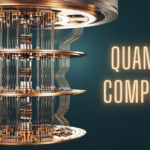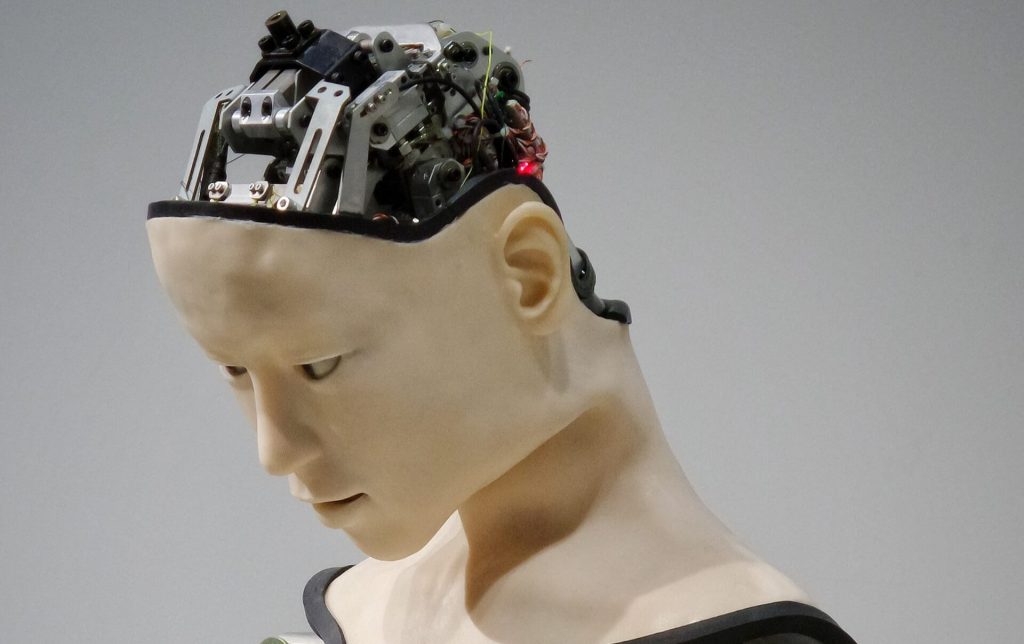The Mind Machine
If you have watched Pokemon Detective Pikachu, you might have an idea were we are headed or pointing in this article (head’s up for spoilers). Well, the villain in the movie just wanted to control a pokemon with his mind, and he was successful though only for a short while. Fictitious pokemons are, but animals are not, and few animals have already undergone this type of brain-machine control, like in Neuralink.
This is one of the companies of Elon Musk, Neuralink, where they makes chips for the brain. In an interview with Elon Musk before, he expressed his anxiety over how artificial intelligence will take over the human’s spot as the most intelligent being that scientifically exists. But with the creation of Neuralink, artificial intelligence’s threat to human welfare might be solved.
A Background on Neuralink
Not much is public about this company of Elon Musk; Neuralink is focused in developing brain-machine interfaces (BMIs), as far as we know. Its headquarters are in the same laboratory as another of Musk’s (founded) AI organization, OpenAI. They have a great roster of employees, ranging from neuroscientists to robotics experts.
It was founded in July 2016, though it only surfaced in 2017. It founding fathers include Elon Musk, Tim Gardner, Tim Hanson, Max Hodak, Paul Merolla, Ben Rapoport, Philip Sabes, Dongjin Seo, and Vanessa Tolosa. Around 2020, five co-founders left the company, because of ideals and intellectual differences, according to reports. Hodak then left the organization in 2021.
Neuralink’s Main Objective
In an interview with Elon Musk, he mentioned this neurotechnology company’s main mission is to solve the AI-human symbiosis problem, meaning that humans and robots in the future should work hand in hand to achieve common goals, and not to view robots as an existential threat because of being more intelligent than us in the future.
He also mentioned that they make brain implants that could cure neurological diseases such as depression, dementia and paralysis. Also, brain chips that augment the human features and abilities, a term called transhumanism.
Musk’s inspiration for materializing his vision came from a novel series by Iain Banks: The Culture. The concept behind the mind-computer chip were from this so-called “neural lace,” which stores, reads and records a person, animal or robot’s sentience. It can then transfer the consciousness of the dead to another body.
How Neuralink’s Chip Works
Neuralink’s chip is made of ultrathin threads, and because of its sophisticated design, are implanted by another machine. These threads or wires are rapidly injected (six wires per minute) into the brain to prevent tissue and chip damage. The needle is of tungsten-rhenium which is 40 micometres thick.
The probes, which are 48 or 96 wires, are of a biocompatible compound called polyimides, having platinum or gold conductors. These have 32 electrodes each within them that can locate electrical brain signals, and a sensory part wherein it can relay those brain signals to be read by a computer.
The computer is powered by ASIC, an intergrated circuit which is application specific. It has 256 amplifiers that can convert analog to digital signals, and in turn translate it into binary code. The ASIC can record up to 1,536 channels and has a circuit control (peripheral) to serialize acquired data.
They demonstrated the working tech with a monkey playing a video game merely using its mind.
The Challenges
The challenge behind this technology is that the electrodes are still very big for individual neuron reading, hence, only a group of neurons in transmission are being read. Algorithmically it can be fixed, though this method is too expensive and has erroneous results according to the neuroscientists.
While the neurotechnology community has mixed views about Neurolink’s invention. For one, in an interview with Elon Musk, he claims that it can cure brain diseases in the future. This caused skepticism from the scientific community. Another is the concern of whether the tested body will reject the foreign material when implanted.
The Elon Musk (Neurolink) brain chip demo has been done before, as claimed by IT experts, but Neurolink annexed wireless technology and increased the electrodes to detect more brain signals so it was still a good leap for the brain chip invention.
Because of the technology’s nature, animal and human trials are being held, making the innovation unethical by active rights groups, such as PETA. Human trials are slated to commence this 2021 and would begin upon the approval of FDA.
There are also privacy and security issues about the implanted chips. Having wireless technology, what if there would be cyberattacks? With internet network connections being vulnerable according to Snowden, how can this be mitigated?
Investor Interest
Though Neuralink stock or shares is not yet up for sale, investor interest had been very positive. Recently, they have acquired a whopping US$205 million in phase C funding. Combined with series A and series B rounds, the company acquired US$363 million in total. And their initial investors are not just the filthy rich, but also high profile individuals in the IT industry. This means that many knowledgeable people about AI and biotechnology are taking seriously Neurolink’s technology and its products.
Who knows, maybe in the future initial public offering will soon be opened and the Neuralink stock would be a great investment purchase.
Would you buy a Neuralink stock if it does so?
Wrap Up
Because of the others and Elon Musk, Neuralink, and OpenAI have been made, two of leading and famous tech companies that make, develop and do research about artificial intelligence and robotics. Thanks to these companies, there have been breakthroughs in robotics and AI.
But according to an interview with Elon Musk, there is an existential threat with AI. But artificial intelligence can be viewed in a different light, a positive one. With Neuralink’s invention, the brain chip, a healthy symbiosis would occur in between humans and future robots.
The chip is able to control a computer only with brain signals when implanted on a live brain. This, according to the inventor, may be the key to co-work with AI entities should they become smarter than humans.
Innovations like these must indeed fall on the right hands, for the sake of human interest and benefit. With responsible technological development, this can be achieved. Let us just hope money will not cloud their initially good objectives.
[/et_pb_text][/et_pb_column][/et_pb_row][/et_pb_section]






